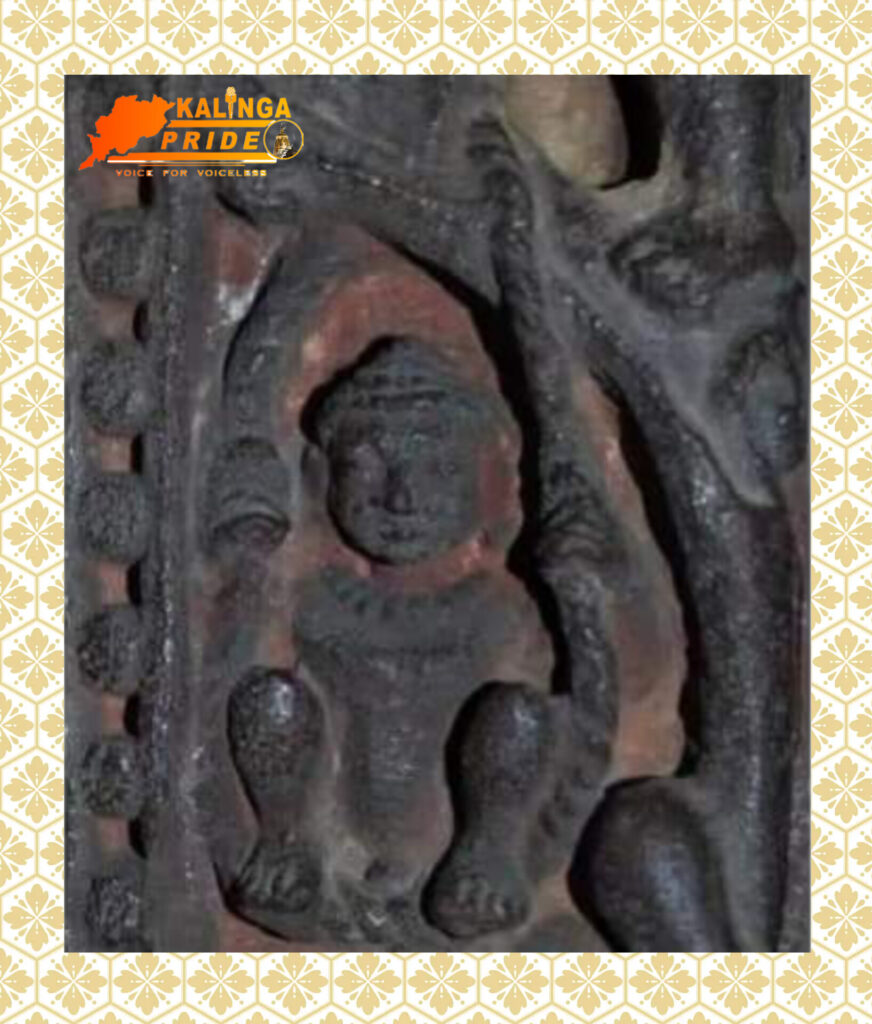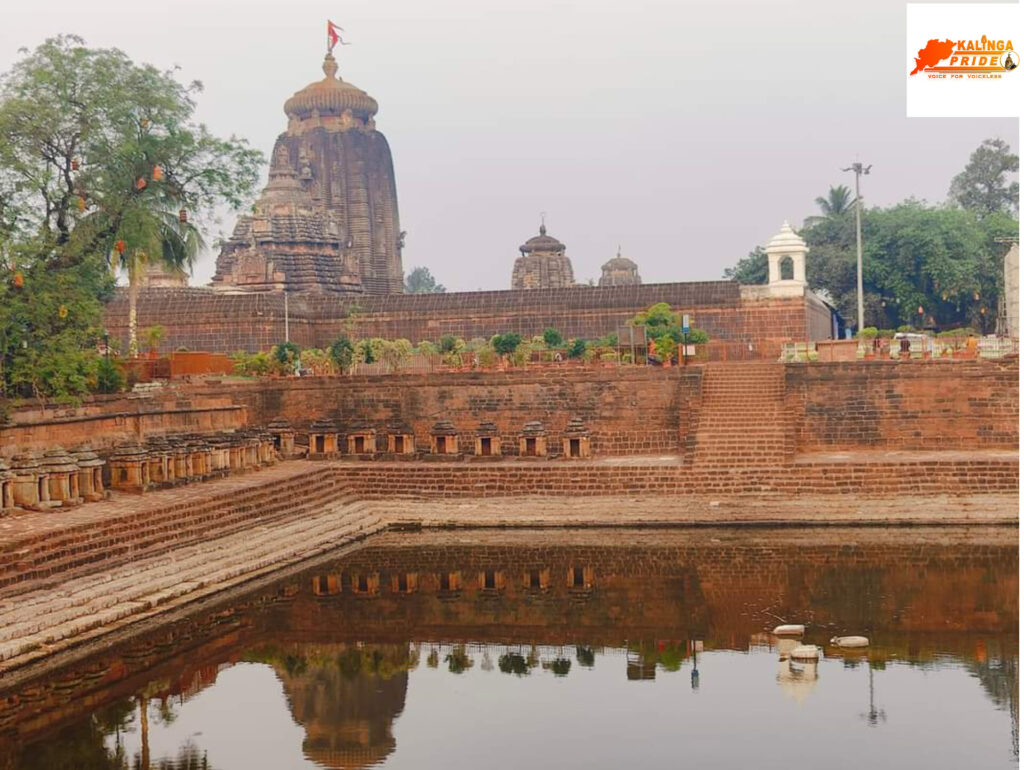Chief Minister Champai Soren today attended the one-day workshop on the topic of Abua Bir Abua Dishom Abhiyan (Empowering Communities-Ensuring Rights Decoding FRA-2006 – Justice, Conservation and Challenges) organized in the auditorium of Shri Krishna Institute of Public Administration (ATI) as the chief guest.On this occasion, the Chief Minister said in his address that providing the rights to all sections of the community, including the tribals and natives living in the forest areas of Jharkhand, under the Forest Rights Act is one of the top priorities of the state government.
The Chief Minister said that every point of the Abua Bir, Abua Dishom campaign was discussed in detail in today’s workshop. “I am confident that this workshop will prove to be historic and a milestone for Jharkhand,”he said.
Abua Bir Abua Dishom Abhiyan was launched in Jharkhand in November 2023 to address historical injustices by effectively acknowledging the rights of Indigenous and other traditional forest dwellers. This significant initiative aims to ensure these communities receive the recognition and protection they are entitled to under the Forest Rights Act.
To bolster the implementation of FRA in the state, a dedicated FRA cell has been established within the Welfare Department, with ISB playing a crucial role as a member alongside other organizations- Phia, FES and Trif. This cell oversees FRA-related matters and provides technical support to ensure efficient execution. The launch of the JharFRA mobile application and a dedicated website under this campaign highlights the commitment to streamlining and enhancing the implementation process.
The event was attended by the Minister of Tribal Welfare, Departmental secretaries, DCs, DFO,FRA experts and various civil society organizations.




















